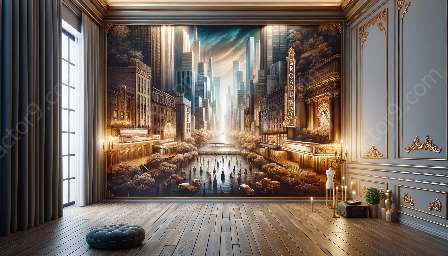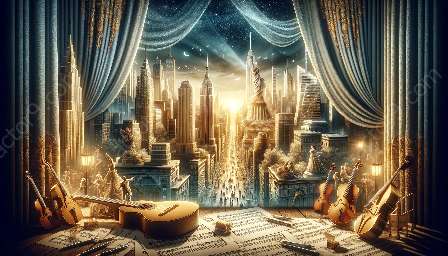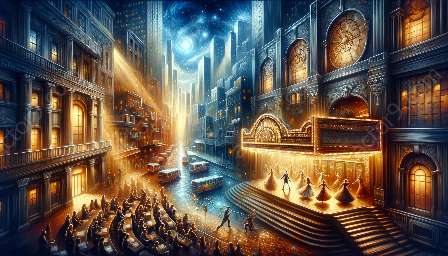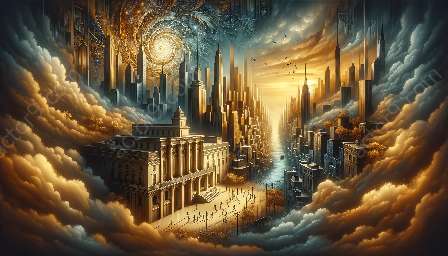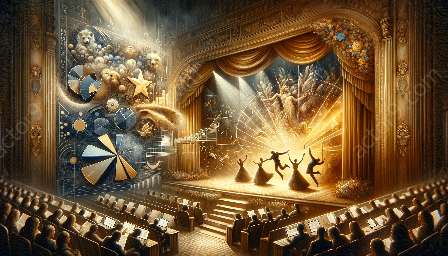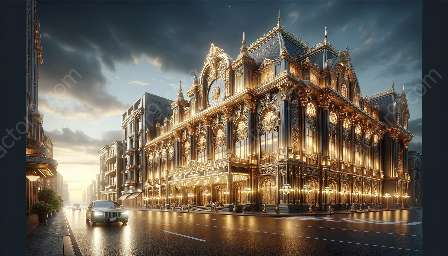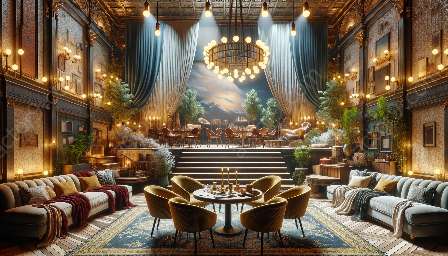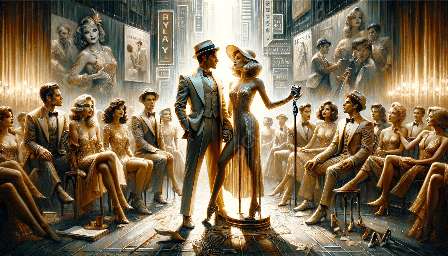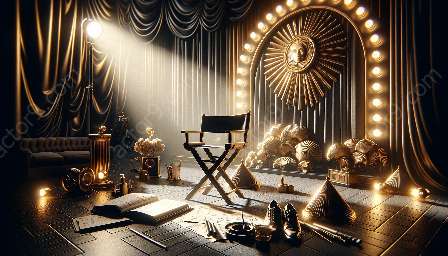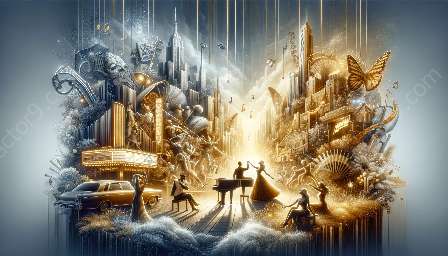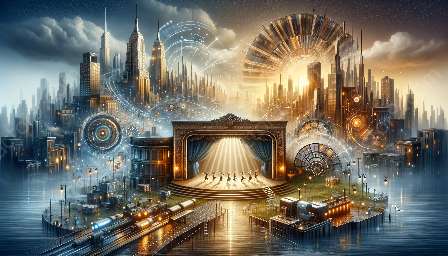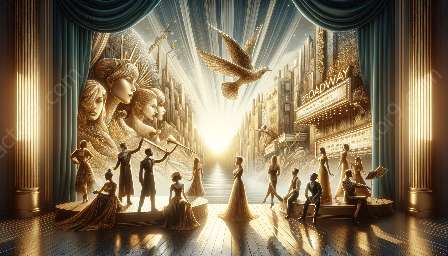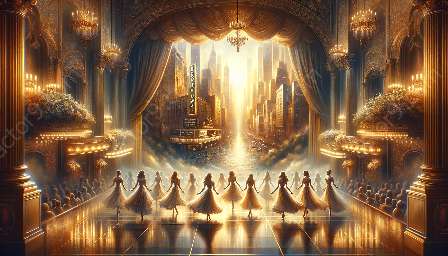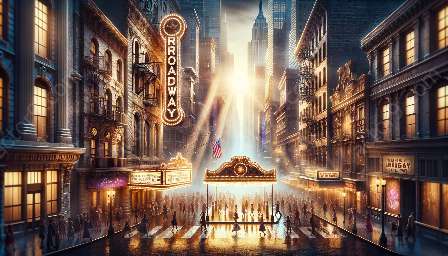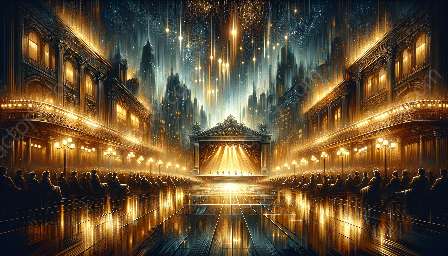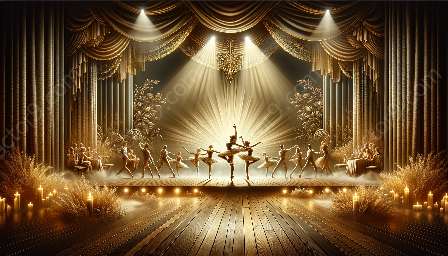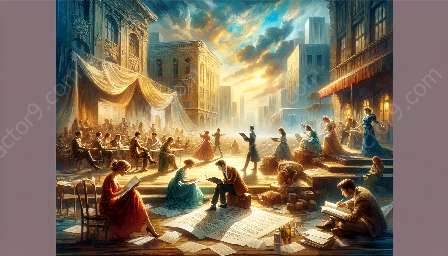Broadway theatre architecture has played a significant role in shaping the experience of live performances in the world of entertainment. From historical design elements to contemporary innovations, the architectural evolution of Broadway theaters has greatly enhanced the visual and spatial experience for audiences and performers alike.
Historical Design Elements
The history of Broadway theatre architecture dates back to the late 19th century, when grand theaters with ornate facades and opulent interiors became a hallmark of the emerging entertainment district in New York City. The architectural style of these historic theaters often reflected the opulence of the Gilded Age, featuring lavish decorations, detailed moldings, and grand chandeliers.
One of the most notable design features of historical Broadway theaters is the proscenium arch, a large, decorative arch framing the stage that serves as a focal point for the audience's view. The proscenium arch not only enhances the visual appeal of the stage but also creates a sense of grandeur and spectacle.
Influence on Broadway & Musical Theater
The historical design elements of Broadway theaters have had a profound impact on the aesthetic and atmosphere of the performances staged within them. The ornate architecture and grandiose interiors of these theaters have set the stage for the larger-than-life productions that have become synonymous with Broadway and musical theater.
Contemporary Innovations
While historical design elements continue to inspire and influence Broadway theatre architecture, contemporary innovations have introduced new elements and technologies that enhance the functionality and experience of modern theaters. One of the notable contemporary design elements is the incorporation of advanced lighting and sound systems that enable dynamic and immersive stage productions.
Another prominent feature of contemporary Broadway theatre architecture is the emphasis on adaptable and flexible spaces. Modern theaters are designed to accommodate a wide range of performances and events, allowing for seamless transitions between different types of productions.
Impact on Broadway & Musical Theater
The integration of contemporary design elements has transformed the theatrical experience, offering greater possibilities for creative expression and audience engagement. The use of cutting-edge technologies and flexible spaces has expanded the artistic and technical capabilities of Broadway and musical theater productions, opening new avenues for innovative storytelling and immersive performances.
In Conclusion
The historical and contemporary design elements in Broadway theatre architecture have contributed significantly to the evolution of live performance spaces, shaping the immersive and captivating experiences that define the world of Broadway and musical theater. From the grandeur of historical theaters to the innovation of modern architectural design, the enduring influence of these elements continues to enchant and inspire audiences and creators alike.

